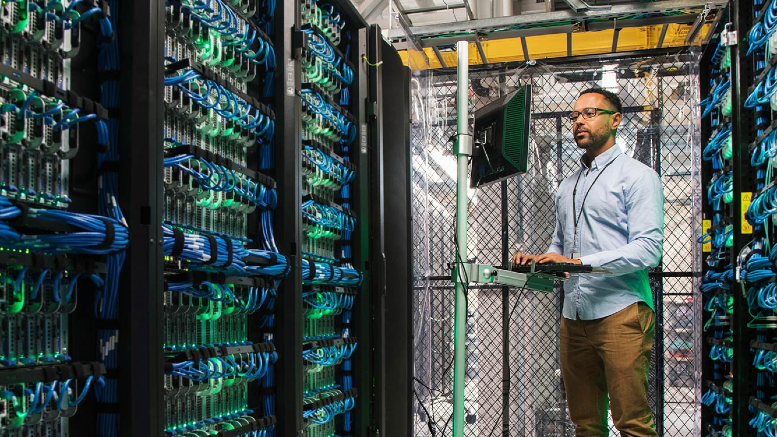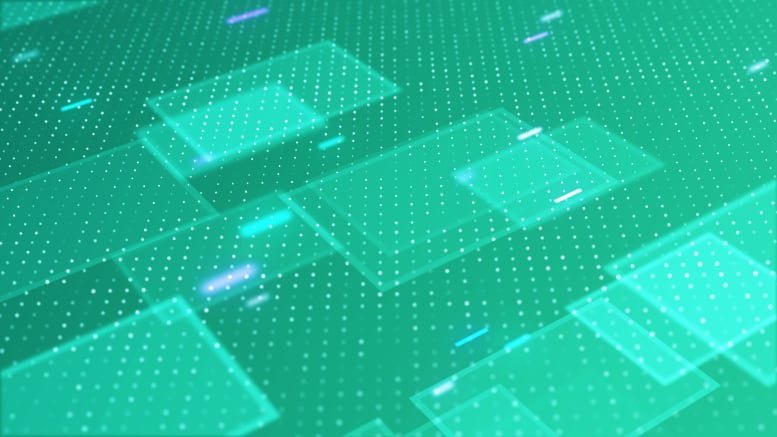The rise of IoT: Enhancing industries and everyday life
June 18, 2024 / Unisys Corporation
Short on time? Read the key takeaways:
- The Internet of Things (IoT) has roots in radio-frequency identification (RFID) tags, which paved the way for more advanced, connected devices.
- IoT isn't limited to smartphones or laptops; it encompasses a broad range of devices like fitness trackers and smartwatches connecting to the internet.
- With 55.7 billion connected devices predicted by 2025, IoT will drive digital transformation, merging the digital and physical worlds.
- IoT's industrial applications, dubbed the Industrial Internet of Things (IIoT), leverage machine learning and analytics to pioneer innovative business models and operational efficiencies.
The Internet of Things (IoT) is reshaping the fabric of our daily lives and the operations of entire industries.
From humble beginnings with simple tracking through radio-frequency identification (RFID) tags, IoT has evolved into an intricate web of connected devices, thanks to technological advancements and the adoption of Internet Protocol version 6 (IPv6). This piece analyzes IoT's origins, current impact and future possibilities.
The progression toward IoT's affordability and widespread adoption began with RFID tags—tiny devices using electromagnetic fields to identify and track objects automatically. Initially reserved for expensive equipment to monitor their locations, these tags gained traction as broadband and wireless networks advanced.
The widespread implementation of IPv6 removed scalability barriers, while the falling prices of sensors and internet-enabled components opened the floodgates for IoT growth. Once focused on industrial and business processes, smart IoT devices have increased in offices and homes.
Understanding IoT’s reach and impact on digital operations
The term "Internet of Things" might sound broad, but it serves a specific purpose. Contrary to popular belief, familiar internet-enabled devices like laptops and smartphones don't fall under IoT. Instead, IoT primarily encompasses unconventional, internet-connected devices like fitness trackers and smartwatches.
IoT establishes an intricate ecosystem of interconnected physical devices. These sensor-infused devices integrate digital intelligence into the physical world, redefining digital transformation by blurring online and offline boundaries.
Applications of IoT devices
Thanks to affordable computer chips and available wireless networks, IoT devices are spreading across industries. These devices span various industries and applications:
- Utilities: Smart meters to monitor and optimize energy usage.
- Home security: Intruder detection systems and connected cameras.
- Building automation: Lights, climate controls and automated vehicles.
- Healthcare: Devices that monitor patient health metrics.
- Aviation: IoT-equipped aircraft for enhanced monitoring/safety.
The Industrial Internet of Things (IIoT)
IoT technology has also birthed its industrial counterpart, IIoT or Industry 4.0. This specialized branch focuses on optimizing logistics, maintenance, manufacturing and supply chain operations:
- Machine-to-machine communication: Enables wireless automation for more efficient operations.
- Cloud and analytics: Provides the foundation for data in new business models.
- Practical applications: Includes predictive maintenance, smart cities, smart power grids and intelligent manufacturing systems.
IIoT introduces new operational efficiencies, proving IoT's importance in digital transformation.
AI and IoT: A symbiotic relationship
AI is the brainpower that makes IoT devices truly smart. AI algorithms analyze the vast amount of data IoT sensors collect to make real-time decisions, automate tasks and even predict future events. AI enables IoT solutions to adapt to user preferences, such as learning ideal home thermostat settings, while optimizing industrial supply chains. This union between AI and IoT translates collected data into actionable insights.
The mechanics of IoT: How do these devices work?
An IoT device acts like a miniaturized computer with internet connectivity. These devices come equipped with processors and sensors that feed them data, which they interpret through machine learning algorithms. By doing so, they can understand user behavior, adapt to preferences and issue timely alerts.
Examples and connectivity
- Smart fridges: Detects low levels of essential items like eggs or milk and alerts the user via their smartphone.
- Security systems: Monitors premises, controls lighting based on occupancy and offers real-time video streaming for remote check-ins.
Types of connectivity
- Bluetooth low energy: Ideal for low-power devices
- Ethernet and WiFi: Commonly used for data-intensive devices
- Zigbee: Common in home automation
- LTE: For devices with moderate, constant data needs
- Satellite: For remote or rugged deployments
The 5G advantage
5G networks amplify IoT capabilities. Supporting up to 1 million devices per square kilometer, 5G is ground-breaking for large IIoT rollouts.
This multi-faceted approach to connectivity and data interpretation makes IoT devices versatile and adaptable across industries.
An interconnected, intelligent world
IoT lies at the core of a hyper-connected, intelligent, and streamlined reality. By integrating IoT with artificial intelligence, we can capture and leverage data-driven insights across residential and industrial spheres. Whether powering smart home capabilities, optimizing manufacturing processes, accelerating digital transformation initiatives or fortifying global networks, the IoT trajectory fosters an environment of heightened responsiveness and productivity – a symbiosis between human ingenuity and machine cognition.




















